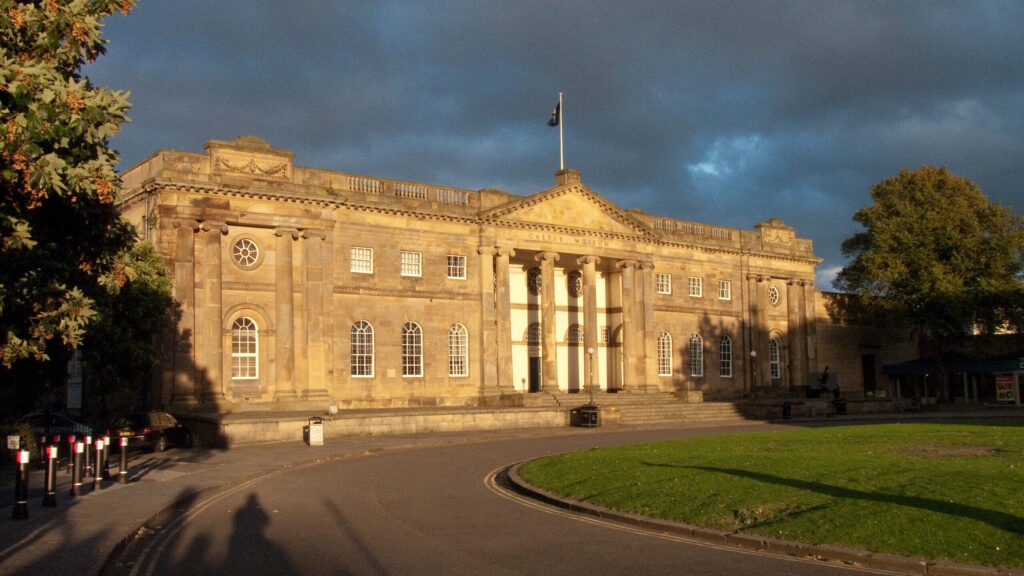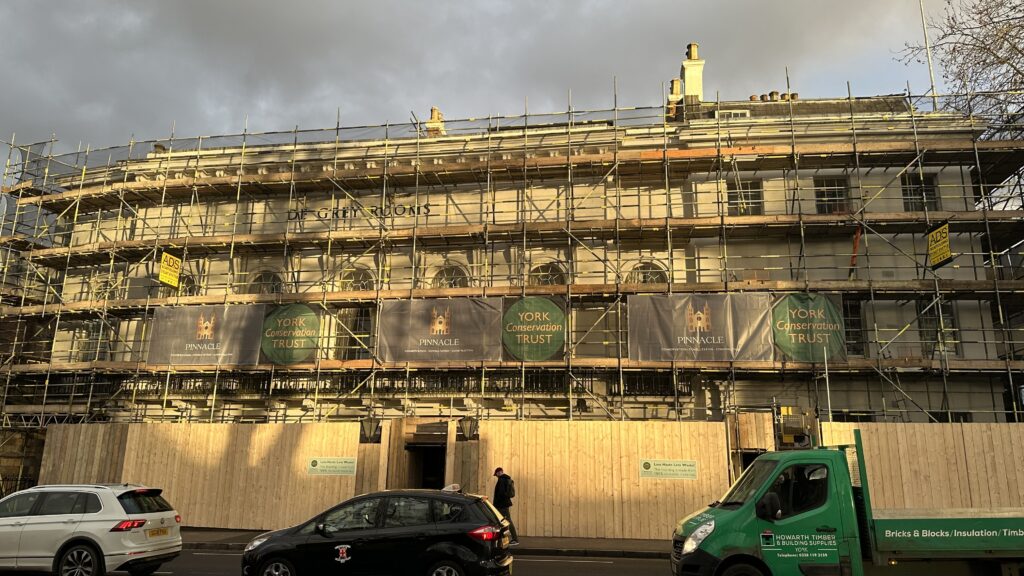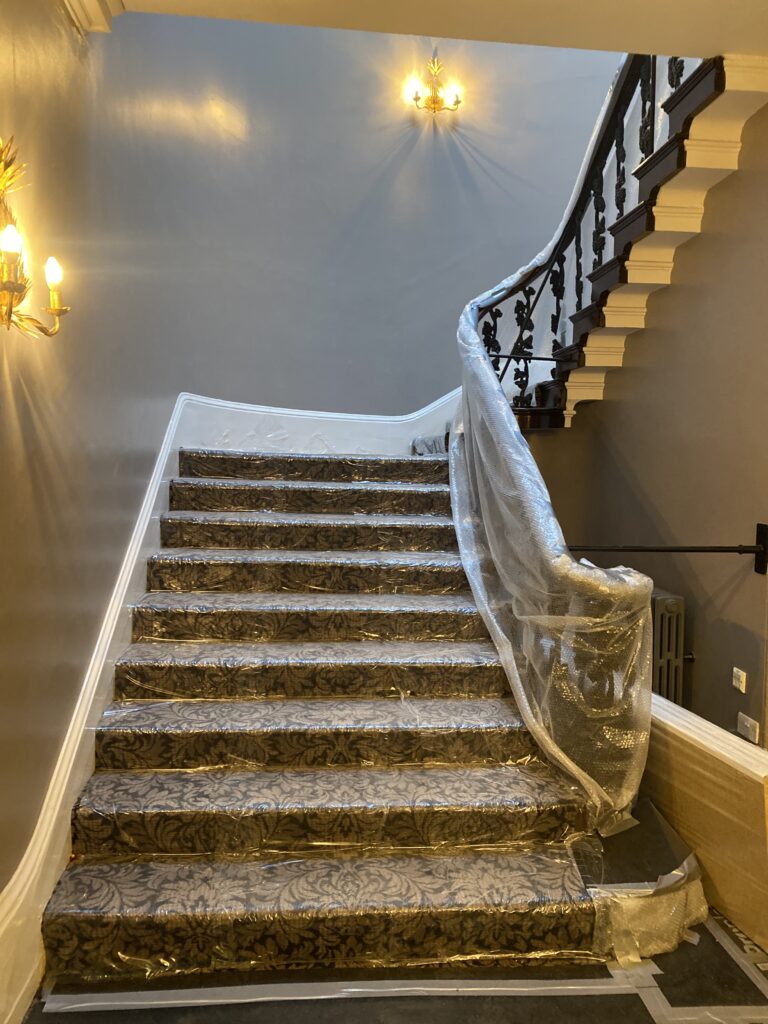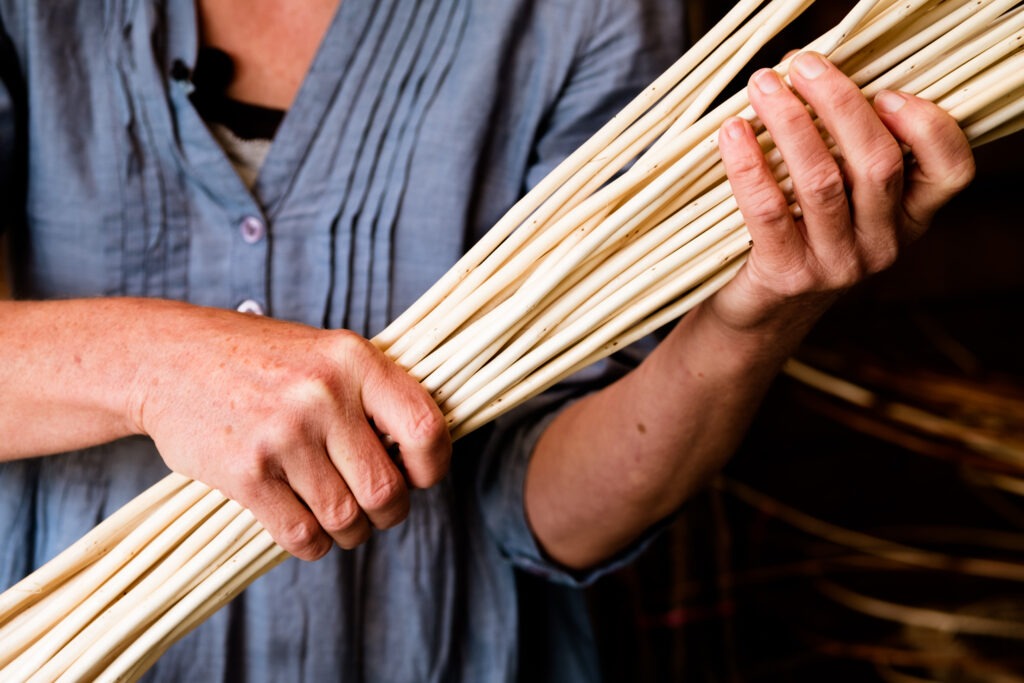The York Consortium for Craft & Conservation (YCCC) seeks to recruit a new Chair at the conclusion of many years distinguished service by Martin Stancliffe.
YCCC is the only organisation of its kind in the UK. We are a small “grass roots” charity that has had a significant impact on heritage skills nationally. Now in its 25th year the Consortium has provided financial support to over 300 individuals to help them develop and refine their conservation skills. We support a very wide range of heritage skills ranging from established practice disciplines such as stone masonry, stained glass, carpentry and roofing through to scarcer, and sometimes endangered, disciplines like wheelwrighting, papermaking, fairground sign-painting and side saddle-making.
The Consortium’s focus is on events, research, networking and lobbying. Its bursary programme is run through its charitable foundation (registration no 1075135) which is in the process of incorporating as a Charitable Incorporated Organisation.
We have investments of some £300k. About half of our charitable giving involves funds from charity partners who support our work.
We have one remunerated support officer, a part time administrator, who is freelance and works from home for us and other conservation related organisations.
Our Mission
Our objectives:
- To promote to the widest audience the skills, knowledge and capabilities available in Yorkshire, over a diverse and growing range of heritage conservation specialisms, in order to attract additional work and funding.
- To build on York’s enviable reputation as a nationally and internationally recognised centre for heritage conservation practice, research, and teaching.
This is primarily achieved by:
- Encouraging and facilitating the training of students by the disbursement of awards.
- Promoting York as the natural place within the UK to hold heritage-related conferences, meetings, training courses and exhibitions.
- Attracting more people to York to learn about heritage conservation at both the theoretical and the practical level.
- Providing a range of membership services and support.
- Working with other York-based organisations to reveal the successful conservation of York’s buildings, archaeology and collections.
- Sharing York’s experience and expertise on a worldwide scale.
- Attracting conservators and craft practitioners to settle and work in York and stimulate business for the sector.
Our Aspirations & Plans
We believe our ability to speak for heritage practitioners is highly distinctive and more valuable than ever. We aim to raise our voice on matters of importance to heritage and the work done by skilled craftspeople and conservators. In a crowded communications landscape and a sector dominated by very small organisations we aspire to be a force for coordination and collaboration across our regional heritage ecology.
We know that our work is appreciated and that we make a real difference to people looking to develop their skills, but we are now at a point where we believe our work should shift up a gear by:
- Increasing our financial resilience through fund-raising
- Doubling our membership to raise engagement and increase influence
- Working more closely with other heritage organisations. We do not compete with any other body and are well-placed to take a stronger co-ordination role, especially in the region.
- Building on our reputation for providing high quality content.
- Making more of our bursary “alumni”, an overwhelming proportion of whom have gone on to make worthwhile achievements in their chosen disciplines.
About the Role
We need you to offer strategic leadership through:
- Chairing a board comprising heritage practitioners and other experienced individuals with a strong interest in heritage
- Oversight of sub-committees, principally our Bursary Panel at the present time
- Representing YCCC locally, and nationally, to influence practice and policy
- Growing YCCC as a force of integration across a fragmented heritage landscape
- Support and oversight of YCCC’s freelance administrator
We want you to be:
- Passionate about heritage, conservation and craft skills
- An advocate for York as an exemplar of good practice to be shared with others
- Proactive in working with others to drive membership, fund-raising, philanthropy and profile
- A good people person
We want you to have experience in:
- Not for profit sector – trustee or board level
- Heritage or related cultural activities
- Guiding an organisation on the next stage of its development
Time Commitment
The role combines the standard duties of a trustee and Chair. In addition to trustee meetings, of which there are six a year, the role will involve a series of administrative and stakeholder engagement activities. The current Chair’s estimate is approximately 2 days a month.
Application Process and Further Information
Applications should be received by 10th June and should comprise a CV together with a statement (max two pages) outlining why you are interested and how you believe you’ll meet the needs of the Consortium.
Interviews will be held in York, on Monday 25th June.
If you would like to discuss the opportunity in more detail, please contact Martin Stancliffe (mstancliffe@outlook.com) to arrange an online conversation.


 One of their notable projects is located in York, a short walk from their office, at the De Grey Rooms and House. This stunning building dates back to 1841 and exemplifies early Victorian architecture, designed by the architect George Townsend Andrews. It was commissioned by Thomas Philip de Grey, the 2nd Earl de Grey and colonel-command of the Yorkshire Hussar Regiment.
One of their notable projects is located in York, a short walk from their office, at the De Grey Rooms and House. This stunning building dates back to 1841 and exemplifies early Victorian architecture, designed by the architect George Townsend Andrews. It was commissioned by Thomas Philip de Grey, the 2nd Earl de Grey and colonel-command of the Yorkshire Hussar Regiment.

